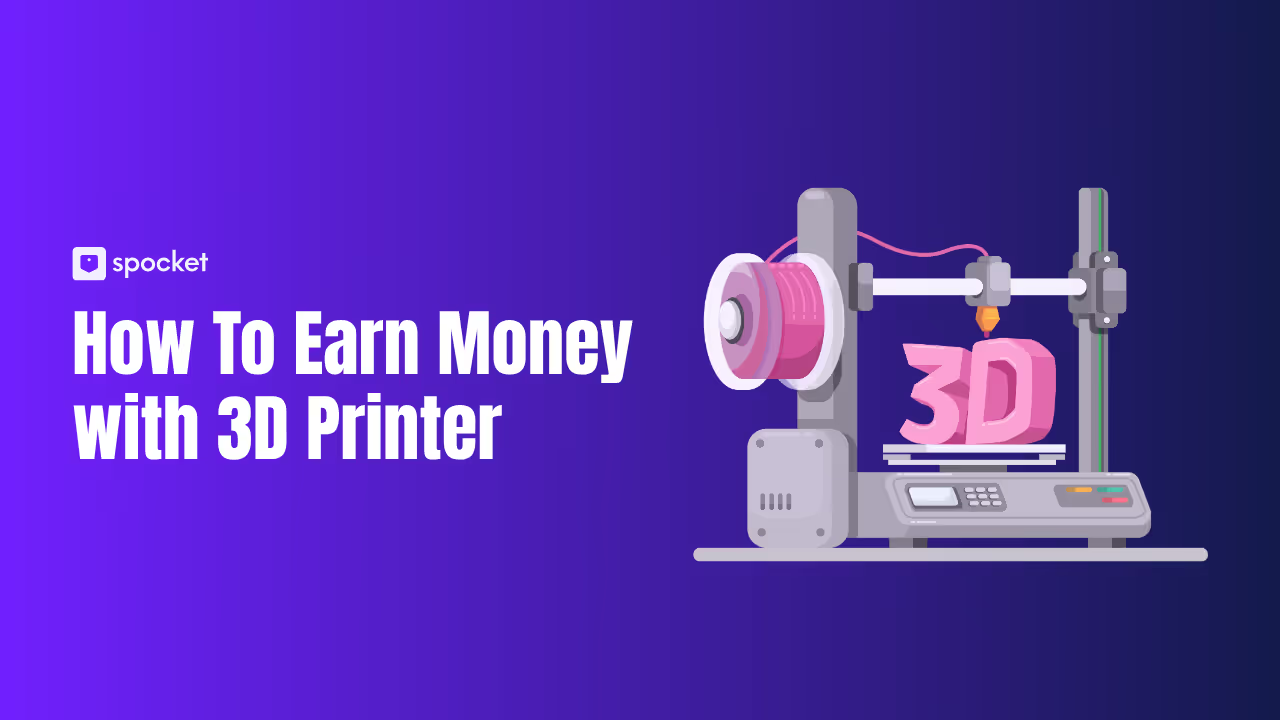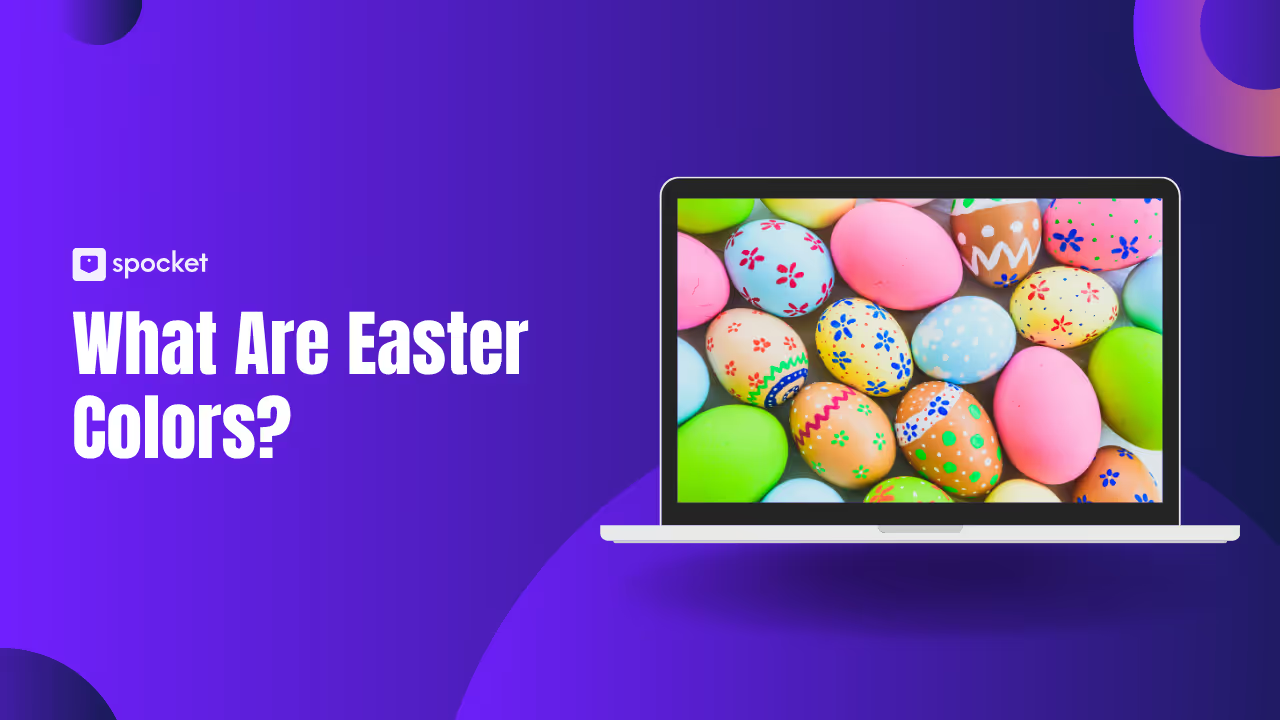As the demand for custom apparel surges, the debate between Direct-to-Film (DTF) and Direct-to-Garment (DTG) printing has become more relevant than ever. With the custom printing market expected to surpass $8.89 billion by 2026, choosing the right printing method is crucial for businesses aiming to succeed in this growing industry.
DTG printing, celebrated for its ability to produce intricate, vibrant designs, remains a favorite for high-quality results. On the other hand, DTF printing, known for its versatility and compatibility with various fabrics, is rapidly gaining popularity in 2025 as businesses seek cost-effective and flexible solutions.
This article helps you to understand the differences between DTF and DTG printing, exploring the latest trends, statistics, and advancements to help you determine which method suits your printing needs best.
What is DTF Printing?
Direct-to-film (DTF) printing is an innovative digital printing technique that transfers designs onto textiles using a special film. This method has gained significant popularity in the custom apparel industry due to its versatility, cost-effectiveness, and ability to work with a wide range of fabrics. Unlike traditional printing methods, DTF printing does not require pre-treatment, making it a quicker and more efficient solution for businesses and individuals.
How Does DTF Printing Work?
The DTF printing process involves several key steps:
- Design Creation: A digital design is created using software like Photoshop or Illustrator. This design is then printed onto a specialized PET (polyethylene terephthalate) film using a DTF printer.
- Printing the Design: The printer applies vibrant, high-quality ink in layers onto the film. White ink is typically added as the base layer to ensure the design stands out on any fabric color.
- Powder Adhesive Application: A fine adhesive powder is sprinkled onto the printed design while the ink is still wet. This adhesive powder helps bond the design to the fabric during the heat transfer process.
- Curing the Design: The printed film is then cured using a heat press or curing oven to activate the adhesive powder.
- Transferring to Fabric: The cured film is placed onto the fabric, and heat is applied using a heat press machine. This transfers the design from the film to the fabric. Once cooled, the film is peeled away, leaving a vibrant, durable print on the material.
Benefits of DTF Printing
- Versatility: DTF printing works on a wide variety of materials, including cotton, polyester, blends, leather, and more. This flexibility makes it an excellent choice for creating diverse products like t-shirts, hoodies, caps, tote bags, and even shoes.
- No Fabric Limitations: Unlike DTG printing, which works best on cotton fabrics, DTF can handle synthetic and non-traditional fabrics without compromising print quality.
- Durability: The adhesive powder used in DTF printing ensures a strong bond with the fabric, resulting in long-lasting prints that withstand multiple washes.
- Vibrant Colors: DTF printing produces rich, vibrant colors that stand out on both light and dark fabrics.
- Cost-Effective: With no need for pre-treatment or expensive equipment, DTF printing is a cost-effective solution for small and medium-sized businesses.
- Scalability: Ideal for both small batches and bulk orders, DTF printing allows businesses to cater to different customer demands efficiently.
DTF Printing vs. Traditional Methods
- Compared to DTG: While DTG is better suited for high-detail designs on cotton fabrics, DTF offers the advantage of working on a broader range of materials without requiring pre-treatment.
- Compared to Screen Printing: DTF eliminates the need for multiple screens for different colors, making it more affordable and time-efficient for complex designs.
Limitations of DTF Printing
Despite its advantages, DTF printing does have some limitations:
- Initial Setup: While not as expensive as DTG, setting up a DTF system requires specialized printers, films, and adhesive powders.
- Learning Curve: Mastering the process, particularly the curing and heat transfer stages, can take time for beginners.
- Maintenance: DTF printers require regular cleaning and maintenance to prevent clogs and ensure consistent print quality.
Applications of DTF Printing
DTF printing is widely used in:
- Custom t-shirt printing
- Promotional merchandise production
- Personalizing caps, bags, and shoes
- Producing small-batch or on-demand apparel
What is DTG Printing?
Direct-to-garment (DTG) printing is a cutting-edge digital printing technology that applies designs directly onto textiles, such as t-shirts, hoodies, and other apparel. This method uses specialized inkjet printers to spray ink onto the fabric, allowing for vibrant, high-resolution prints that are soft to the touch. DTG printing has revolutionized the custom apparel industry, offering a fast and precise way to produce intricate designs, including photographic images, with a high level of detail.
How Does DTG Printing Work?
The DTG printing process involves a few key steps:
- Preparing the Design: The desired design is created or prepared using graphic design software. The file is usually formatted in high resolution to ensure the best quality output.
- Fabric Pre-Treatment: A pre-treatment solution is applied to the fabric, particularly for dark or colored garments. This step ensures the ink adheres properly to the material and enhances color vibrancy and durability.
- Printing the Design: Using a DTG printer, the design is directly printed onto the fabric. The printer sprays water-based, eco-friendly ink onto the garment with exceptional precision, allowing for seamless color gradients and intricate details.
- Curing the Ink: After printing, the garment is heat-pressed to cure the ink and ensure it bonds securely with the fabric. This step is crucial for the longevity of the print.
Benefits of DTG Printing
- High-Quality Prints: DTG printing is known for its ability to produce highly detailed and vibrant designs, making it ideal for intricate artwork and photographic images.
- Soft to the Touch: Since the ink is absorbed directly into the fabric, DTG prints feel soft and natural, unlike other methods like screen printing, which can leave a stiff texture.
- No Minimum Order Quantities: DTG printing is perfect for small-batch orders or one-off customizations, making it an excellent choice for personalized apparel and print-on-demand businesses.
- Eco-Friendly: Most DTG inks are water-based and environmentally friendly, making them a more sustainable option compared to traditional methods like screen printing.
- Fast Turnaround: The streamlined process allows for quick production times, making it ideal for businesses that need to fulfill orders quickly.
- Unlimited Colors: DTG printing does not require separate setups for each color, allowing for full-color designs without added costs or complexity.
Limitations of DTG Printing
While DTG printing has numerous advantages, it also comes with certain limitations:
- Fabric Compatibility: DTG works best on 100% cotton or cotton-blend fabrics. Printing on synthetic materials, like polyester, can result in less vibrant prints or durability issues.
- Initial Costs: High-quality DTG printers and maintenance can be expensive, making it less accessible for small businesses with limited budgets.
- Speed for Large Orders: For large-scale production, DTG may not be as efficient as methods like screen printing, as each garment is printed individually.
- Pre-Treatment Requirement: Dark or colored garments require pre-treatment, adding an extra step to the production process.
- Durability: While DTG prints are durable, they may not be as long-lasting as screen printing for heavily washed garments.
DTG Printing vs. Other Methods
- Compared to DTF Printing: DTG excels in creating high-detail, soft-to-touch prints but is limited to cotton-based fabrics, whereas DTF can work on various materials, including polyester and blends.
- Compared to Screen Printing: DTG is more suitable for small-batch, detailed designs, while screen printing is cost-effective for large-volume orders with fewer colors.
Applications of DTG Printing
DTG printing is widely used for:
- Custom t-shirt designs for individuals or small businesses
- Print-on-demand services for e-commerce stores
- Personalized gifts, such as baby clothes, tote bags, and hoodies
- Corporate branding for small batches of promotional items
Difference Between DTG and DTF Printing
Direct-to-garment (DTG) and Direct-to-Film (DTF) printing are two popular techniques in the custom apparel industry, each with unique features, advantages, and limitations. Choosing the right method depends on your specific needs, such as fabric type, design complexity, production volume, and budget.
Let’s dive into the differences between DTG and DTF printing, examining each method in detail.
Overview of DTG Printing
Direct-to-garment (DTG) printing is a digital printing technique where ink is directly applied to fabric, creating vibrant and detailed designs. It is particularly suited for intricate artwork and photographic images.
How It Works
- The design is created digitally and printed directly onto the fabric using a DTG printer.
- A pre-treatment solution is applied (especially for dark fabrics) to enhance ink adhesion and vibrancy.
- The printed garment is heat-pressed to cure the ink and ensure durability.
Key Features
- Best for 100% cotton or cotton-blend fabrics.
- Produces soft-to-touch prints as the ink is absorbed into the fabric.
- Ideal for small orders or personalized designs.
- Eco-friendly with water-based inks.
Overview of DTF Printing
Direct-to-film (DTF) printing involves transferring designs onto a special film, which is then heat-pressed onto fabric. This method is versatile and works with a wide range of materials.
How It Works
- The design is printed onto a PET film using DTF printers with specialized inks.
- A layer of adhesive powder is applied to the wet ink and cured using heat.
- The cured film is heat-pressed onto the fabric, and the film is peeled off, leaving the design on the material.
Key Features
- Works with various fabrics, including cotton, polyester, blends, leather, and synthetic materials.
- Produces durable, vibrant prints with a slightly raised texture.
- Suitable for both small and bulk orders.
- No pre-treatment is required, reducing production steps.
Advantages of Each Method
Advantages of DTG Printing
- Exceptional Detail: Ideal for designs requiring fine details and gradients, such as photos and complex artwork.
- Soft Hand Feel: Prints are soft to the touch, as the ink seeps into the fabric fibers.
- Eco-Friendly Inks: Water-based inks are environmentally friendly.
Advantages of DTF Printing
- Fabric Versatility: Works on nearly any fabric type, including non-cotton materials.
- Durability: Prints withstand frequent washes and wear without significant fading or cracking.
- No Pre-Treatment: Eliminates the need for extra pre-treatment steps, saving time.
Limitations of Each Method
Limitations of DTG Printing
- Limited to cotton and cotton blends, restricting options for synthetic fabrics.
- Pre-treatment for dark garments adds time and cost.
- Less efficient for bulk orders due to slower production speed.
Limitations of DTF Printing
- Prints have a slightly raised texture, which some users may not prefer.
- Adhesive powder and film waste make it less environmentally friendly.
- Requires careful curing to avoid adhesion issues.
Difference Between DTG and DTF Printing Table
DTF Printing vs DTG Printing: What to Choose
DTF (Direct-to-Film) and DTG (Direct-to-Garment) printing are two of the most prominent printing methods. While both offer high-quality outputs, they cater to different needs, materials, and business models. Deciding between DTF and DTG depends on your specific requirements, including the type of fabric, production volume, design complexity, and budget. This detailed guide will help you make an informed choice.
When to Choose DTF Printing
DTF printing is the go-to choice when versatility and durability are your priorities.
- Diverse Fabric Compatibility: Choose DTF if you need to print on a variety of materials beyond cotton, such as polyester, blends, leather, or synthetic fabrics.
- Bulk Orders: If you handle large-scale production, DTF allows you to pre-print designs on films and transfer them efficiently, reducing turnaround times.
- Cost Efficiency: DTF printing eliminates the need for pre-treatment, making it more cost-effective, especially for high-volume production.
- Durability: For products requiring strong adhesion and wash resistance, such as workwear or outdoor apparel, DTF is a superior choice.
- No Pre-Treatment: If you want to avoid the additional step of pre-treatment, DTF simplifies the process without compromising quality.
When to Choose DTG Printing
DTG printing is ideal for producing high-quality, detailed designs with vibrant colors and smooth gradients.
- Intricate Designs: If your focus is on high-resolution designs with intricate details, photographic images, or gradients, DTG is unmatched in quality.
- Soft Hand Feel: For garments where the texture matters like t-shirts or baby clothes DTG provides a natural, soft-to-touch finish.
- Eco-Friendly Printing: If sustainability is important, DTG uses water-based inks, making it a more environmentally friendly option.
- Print-on-Demand: DTG is perfect for businesses offering personalized, small-batch printing or print-on-demand services.
- Cotton-Based Products: DTG works best on cotton or cotton-blend fabrics, delivering vibrant and long-lasting prints.
Conclusion: DTF vs DTG Printing
With the custom apparel market projected to surpass $8.1 billion by 2026, choosing the right printing method is more crucial than ever. DTF printing, which has seen a 40% rise in adoption among small businesses due to its versatility, is ideal for diverse fabrics and bulk production. Meanwhile, DTG printing, preferred by over 60% of custom t-shirt startups for its high-resolution designs and eco-friendly inks, is perfect for intricate designs and cotton garments. Your choice depends on your fabric needs, production goals, and budget. Both methods are key players in the thriving custom apparel industry, each catering to unique business needs.






































